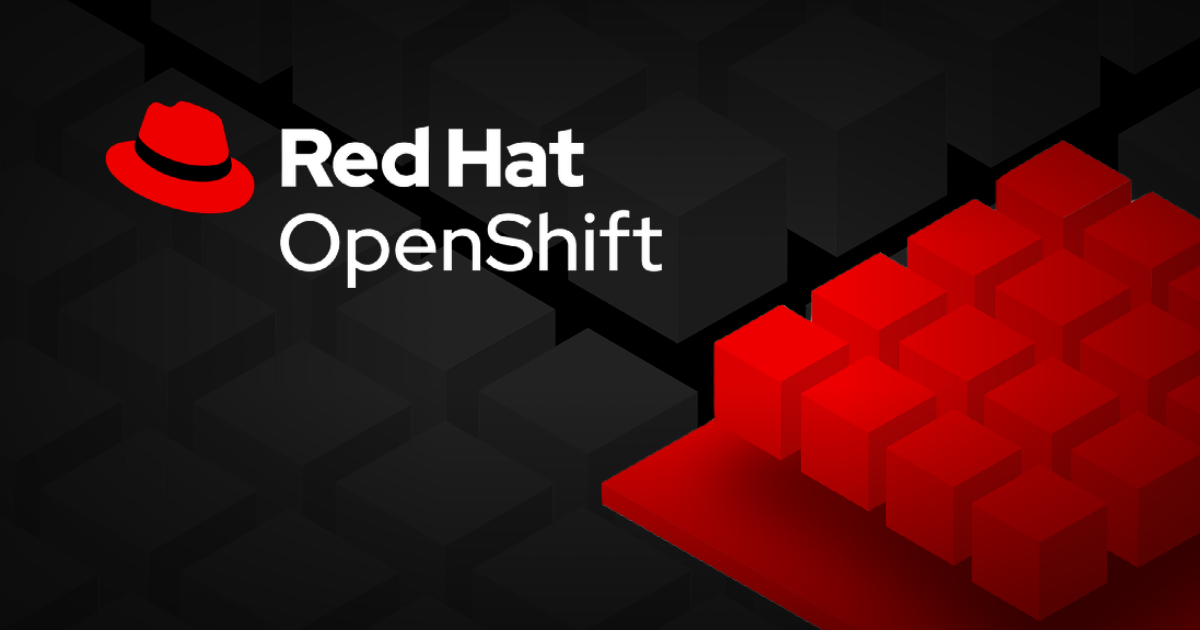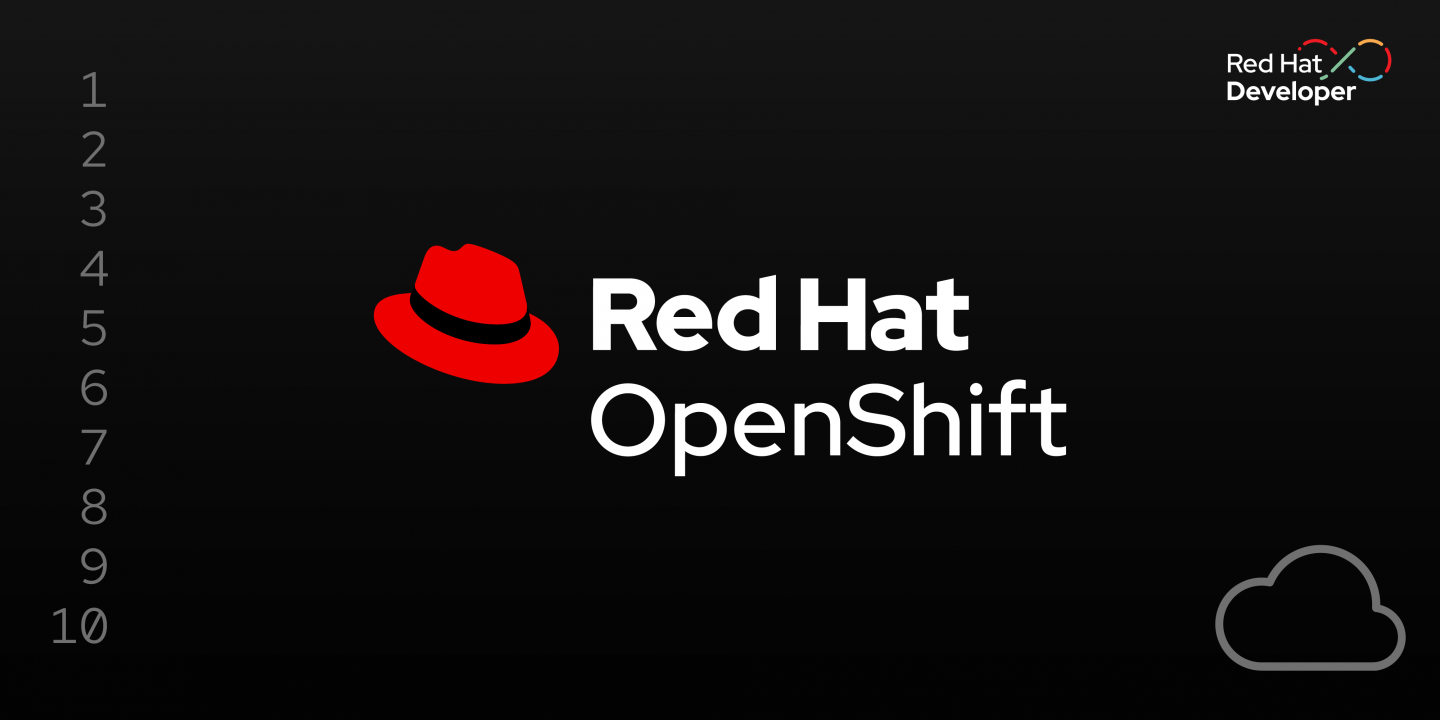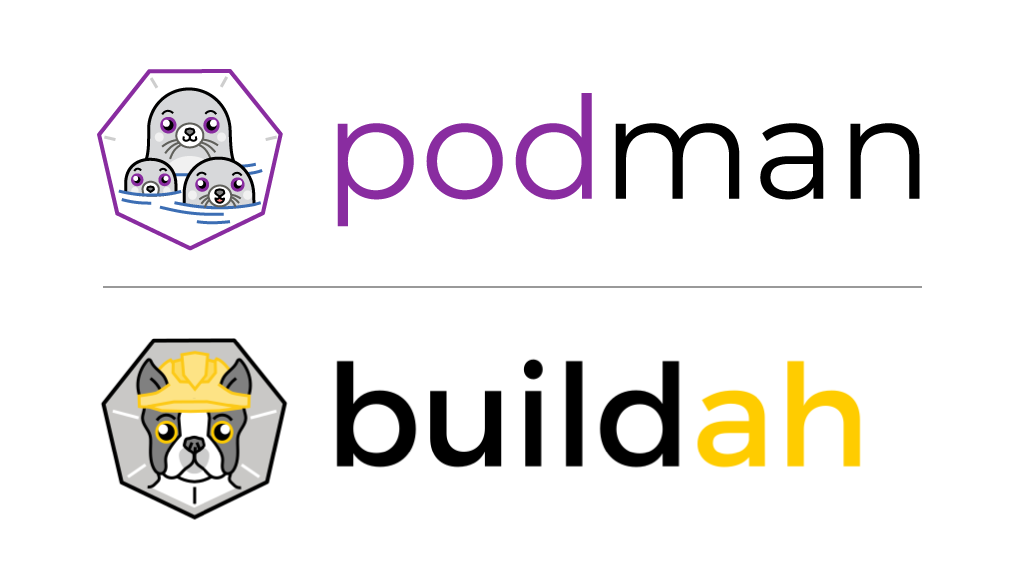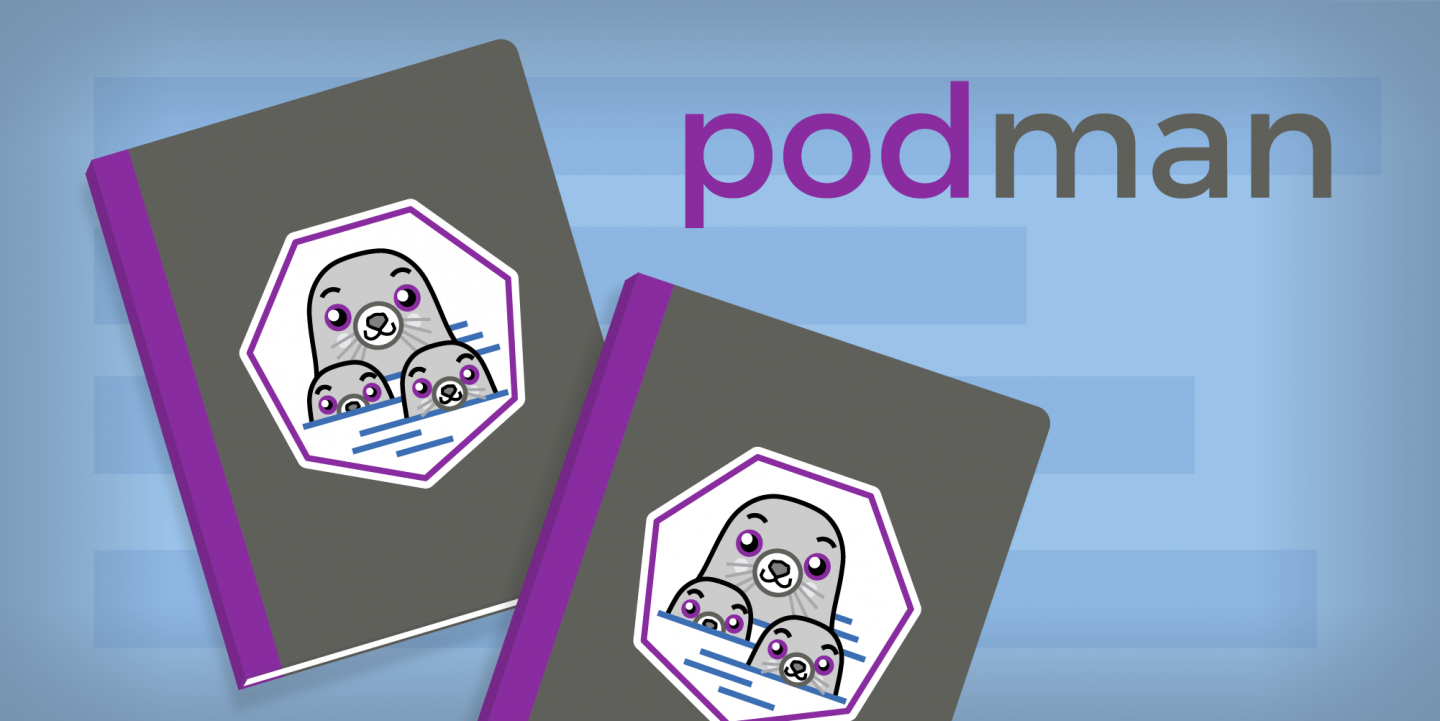Packaging applications and services with Kubernetes Operators
Package applications and services for Kubernetes with the Operator framework.
Developing Operators

Operators give you a convenient way to package, deploy, manage and distribute applications for Kubernetes. The method allows you to package configuration so that users can deploy operators from a simple catalog without having to engage administrators. You can distribute operators beyond your organization using OperatorHub.io which is open to all contributions or the Red Hat OpenShift OperatorHub using Red Hat's certification process.
Operator maturity model
Conceptually, an Operator takes human operational knowledge and encodes it into software that is more easily packaged and shared with consumers. How you approach and build your Operator is up to you. Advanced Operators are designed to handle upgrades seamlessly, react to failures automatically, and not take shortcuts, such as skipping a software backup process to save time.
A Kubernetes application is both deployed on Kubernetes and managed using the Kubernetes APIs and kubectl/oc tooling. You can think of Operators as the runtime that manages this type of application on Kubernetes.

Get started building your operator resources
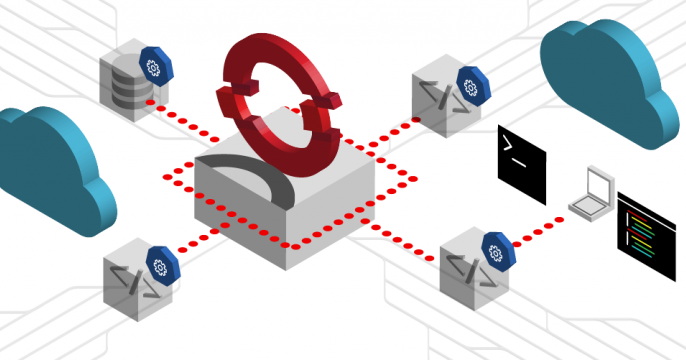
This is a guide to deploying and benchmarking vLLM with GuideLLM on Kubernetes.

Learn how OpenShift APIs for Data Protection self-service enables developers...

Discover how in-place resource resizing for pods supported by OpenShift...
Hands-on operator labs
Demonstrate how ArgoCD with Red Hat ACM can manage different clusters and...
Learn how to create Red Hat Enterprise Linux for Edge images and deploy them...
The goal of this track is to explore the Red Hat OpenShift GitOps Operator...
This track provides an introduction to cloud-native development with Node.js...
Discover the simplicity of containerizing your application with Buildah and...
Learn to deploy and control an already-defined container image.
Technology partners: Publish on OpenShift OperatorHub
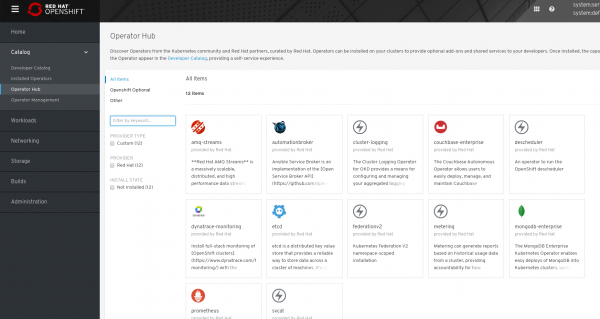
Red Hat Partner Connect is a program for technology partners—ISVs, SIs, and VARs—that provides software, tools, and other technical resources for your development work, and marketing resources for your marketing & sales colleagues.
When you publish, you get:
Seal of approval
- Your Operator functionality is verified by Red Hat.
Promotion
- Listed in Red Hat OpenShift OperatorHub and Red Hat Ecosystem Catalog for all customers to see and download.
Continuous certification
- Using Red Hat Certification Build Service APIs means continuous security compliance—great for CI/CD.
Support coverage
- Full Red Hat support for the foundation of Operators and their containers when used with Red Hat OpenShift.
Operator videos

OpenShift Commons Briefing with Daniel Messer: State of Operators

OpenShift now includes operator framework to help organizations easily...

An Operator is a method of packaging, deploying and managing a Kubernetes...
New articles about Operators

Learn how OpenShift APIs for Data Protection self-service enables developers...

Learn about the JBoss Web Server (JWS) container image and its deployment on...

Explore the latest features in network observability 1.10, an operator for...
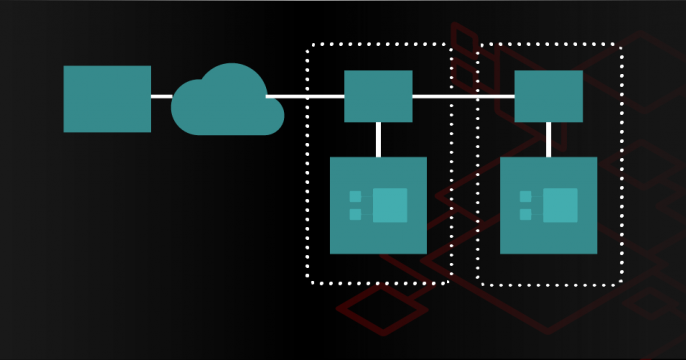
Learn how to achieve complete service mesh observability on OpenShift by...
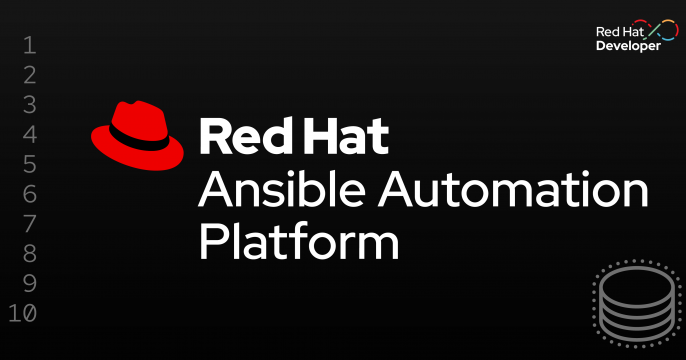
Get a step-by-step guide to integrating a custom AI service with Red Hat...
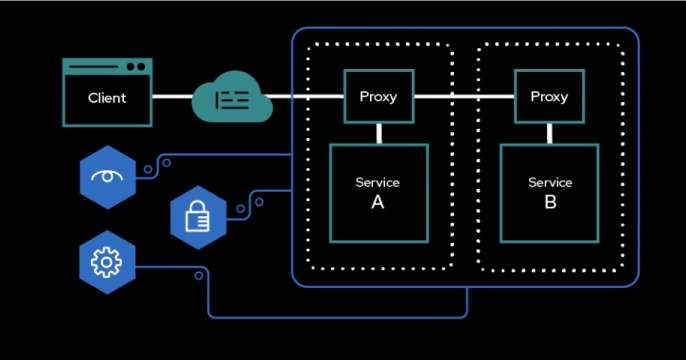
Learn how to integrate the Gateway API for OpenShift with OpenShift Service...
Adventures Aboard the Kluster Kruise Ship
This story uses a series of metaphors to introduce the concept of Operators, explain how they aid in the automation of clusters, and provide a high-level overview of Operator Lifecycle Management in a way that anyone can understand. Readers will meet Kate the octopus, esteemed cruise ship director, who finds herself overwhelmed with the responsibilities associated with her position.
Interested in the operator community? OperatorHub is the community home for Kubernetes Operators. Find an existing operator, or list your own.


